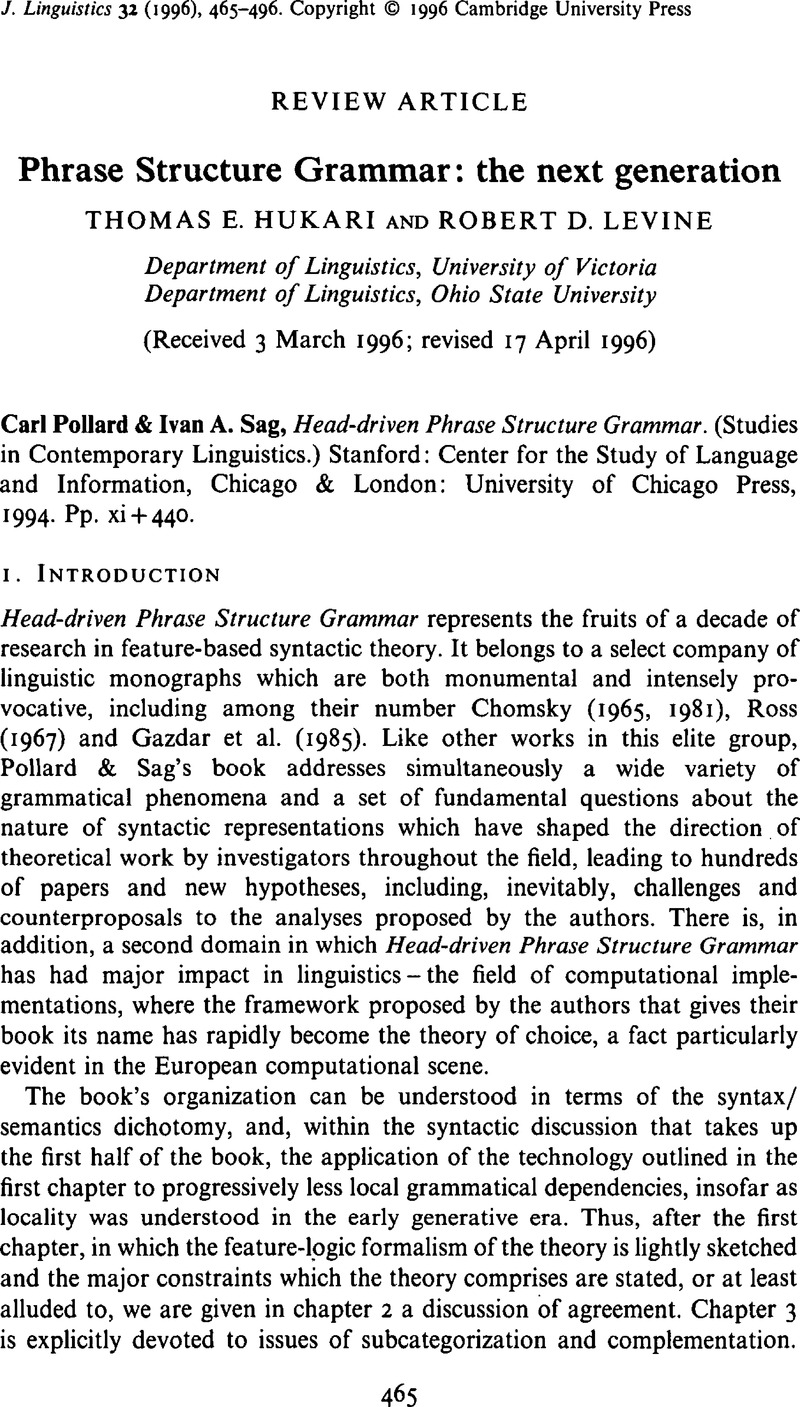Crossref Citations
This article has been cited by the following publications. This list is generated based on data provided by Crossref.
Levine, Robert D
2006.
Encyclopedia of Cognitive Science.
Green, Georgia M.
2011.
Non‐Transformational Syntax.
p.
9.



